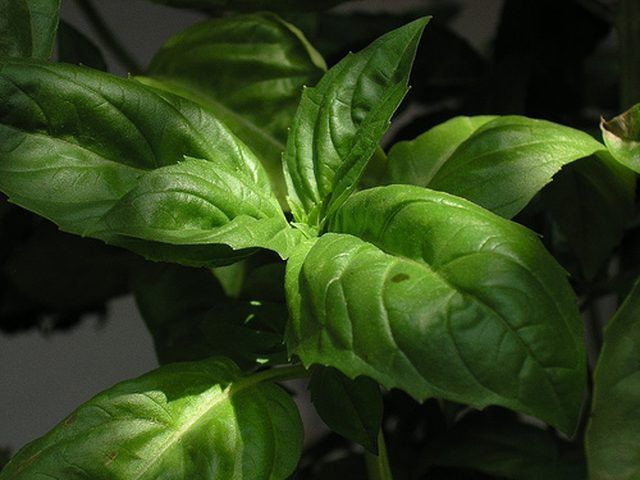Bulbs
Flower Basics
Flower Beds & Specialty Gardens
Flower Garden
Garden Furniture
Garden Gnomes
Garden Seeds
Garden Sheds
Garden Statues
Garden Tools & Supplies
Gardening Basics
Green & Organic
Groundcovers & Vines
Growing Annuals
Growing Basil
Growing Beans
Growing Berries
Growing Blueberries
Growing Cactus
Growing Corn
Growing Cotton
Growing Edibles
Growing Flowers
Growing Garlic
Growing Grapes
Growing Grass
Growing Herbs
Growing Jasmine
Growing Mint
Growing Mushrooms
Orchids
Growing Peanuts
Growing Perennials
Growing Plants
Growing Rosemary
Growing Roses
Growing Strawberries
Growing Sunflowers
Growing Thyme
Growing Tomatoes
Growing Tulips
Growing Vegetables
Herb Basics
Herb Garden
Indoor Growing
Landscaping Basics
Landscaping Patios
Landscaping Plants
Landscaping Shrubs
Landscaping Trees
Landscaping Walks & Pathways
Lawn Basics
Lawn Maintenance
Lawn Mowers
Lawn Ornaments
Lawn Planting
Lawn Tools
Outdoor Growing
Overall Landscape Planning
Pests, Weeds & Problems
Plant Basics
Rock Garden
Rose Garden
Shrubs
Soil
Specialty Gardens
Trees
Vegetable Garden
Yard Maintenance
Basil Plant Information
Basil Plant Information. Basil is an aromatic herb used in cooking and crafts. There are various kinds of basil, but the one used in Italian cooking is sweet basil or Mediterranean basil.

Basil is an aromatic herb used in cooking and crafts. There are various kinds of basil, but the one used in Italian cooking is sweet basil or Mediterranean basil.
Description
Basil has a sweet, pungent aroma and is a low-growing plant with bright green, rounded, classic-shaped leaves. It can grow from 30 cm to 60 cm tall, depending on the variety (cultivar) and has tiny, white flowers clustered on a spike-like stem.
Variants
Basil, or Ocimum basilicum, is part of the mint family, Lamiaceae, genus Ocimum. Variants on sweet basil include sacred basil, lemon basil and clove basil.
Uses
Basil can be used fresh or dried. It adds flavor to soups, stews and roast meat. Fresh basil is more aromatic but will only last one or two days in the refrigerator. You can, however, quickly blanch it and then freeze the leaves. Basil also yields an essential oil used in aromatherapy, flavoring and perfumes.
Growing
Basil can be grown indoors and out but dislikes frost. If it encounters cold weather, the basil will die out and behave like an annual. If the climate is warmer, or if a greenhouse provides protection, it can stay alive as a perennial.
Fun Fact
The name basil comes from the Greek "basilicus" or king. In some European countries, for example Italy and France, basil is nicknamed "the king's herb."